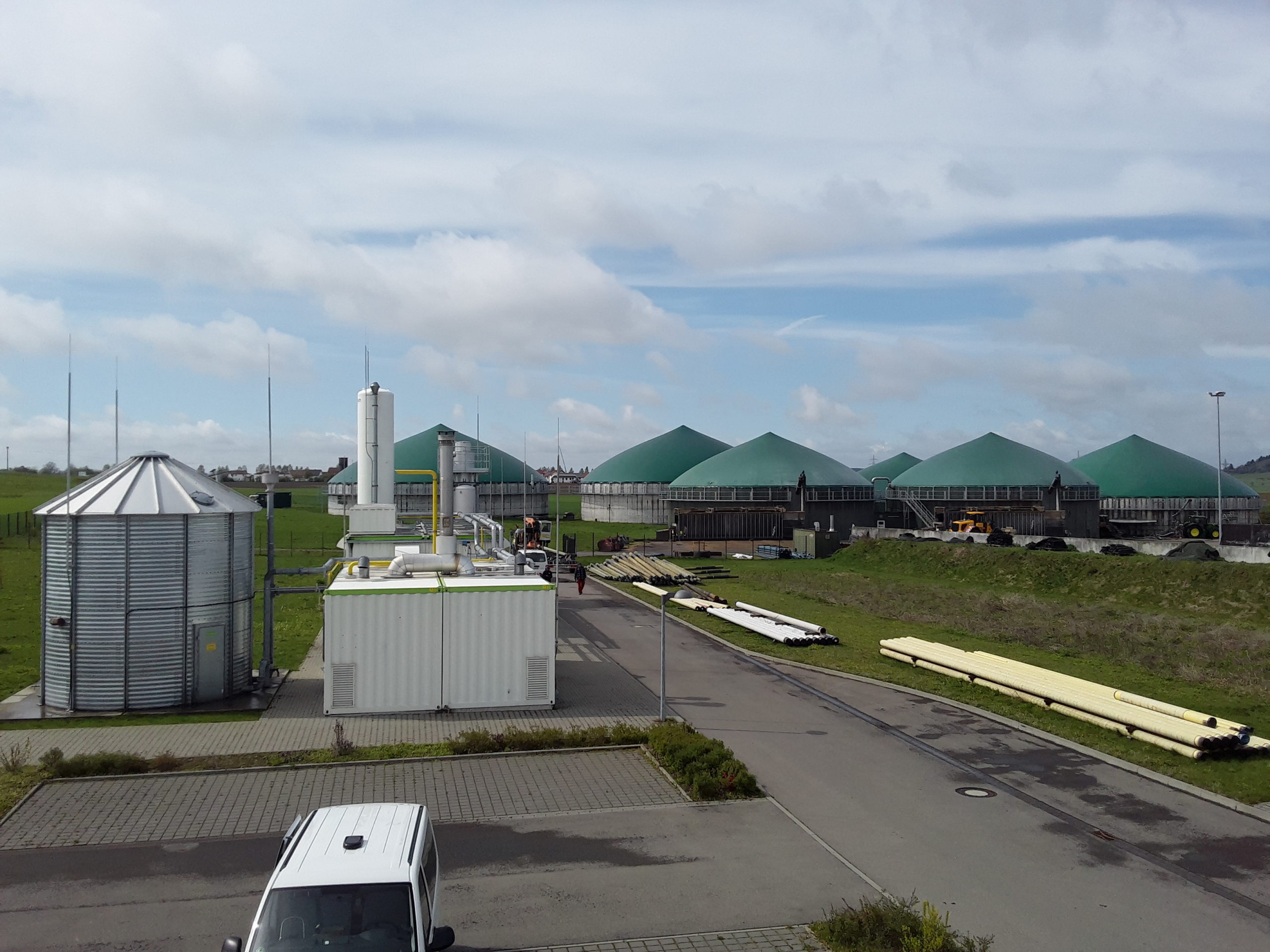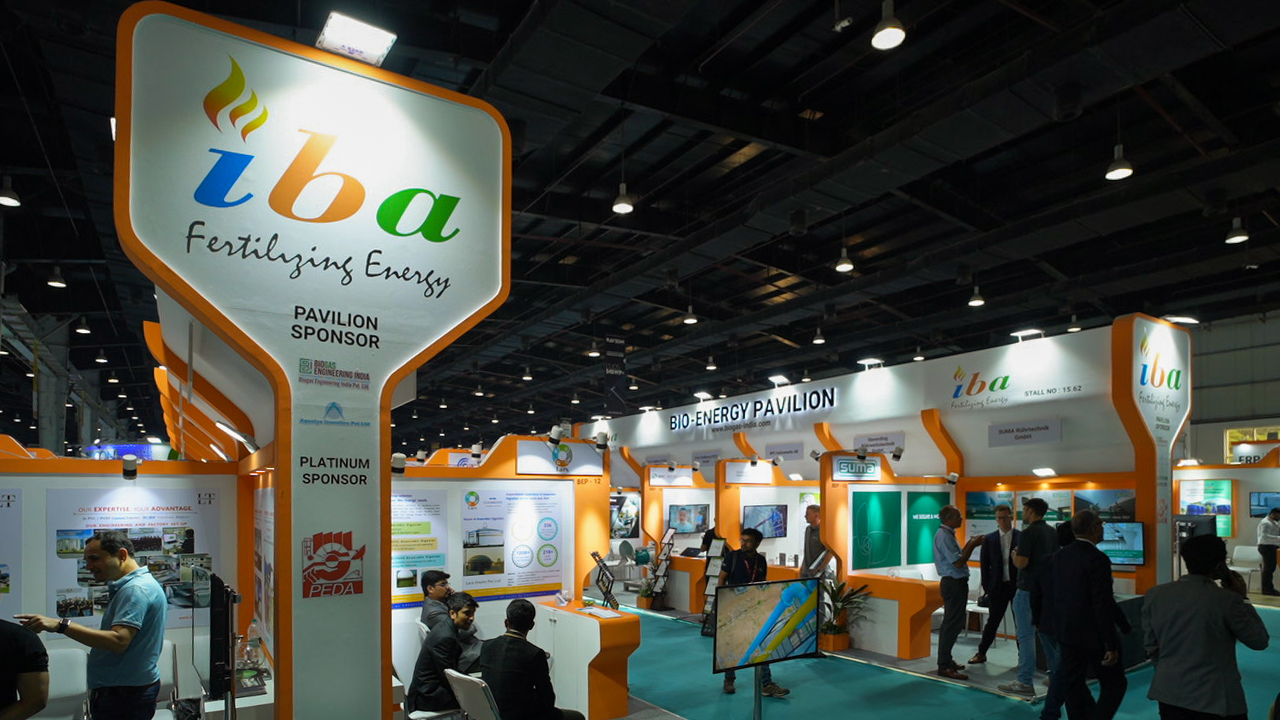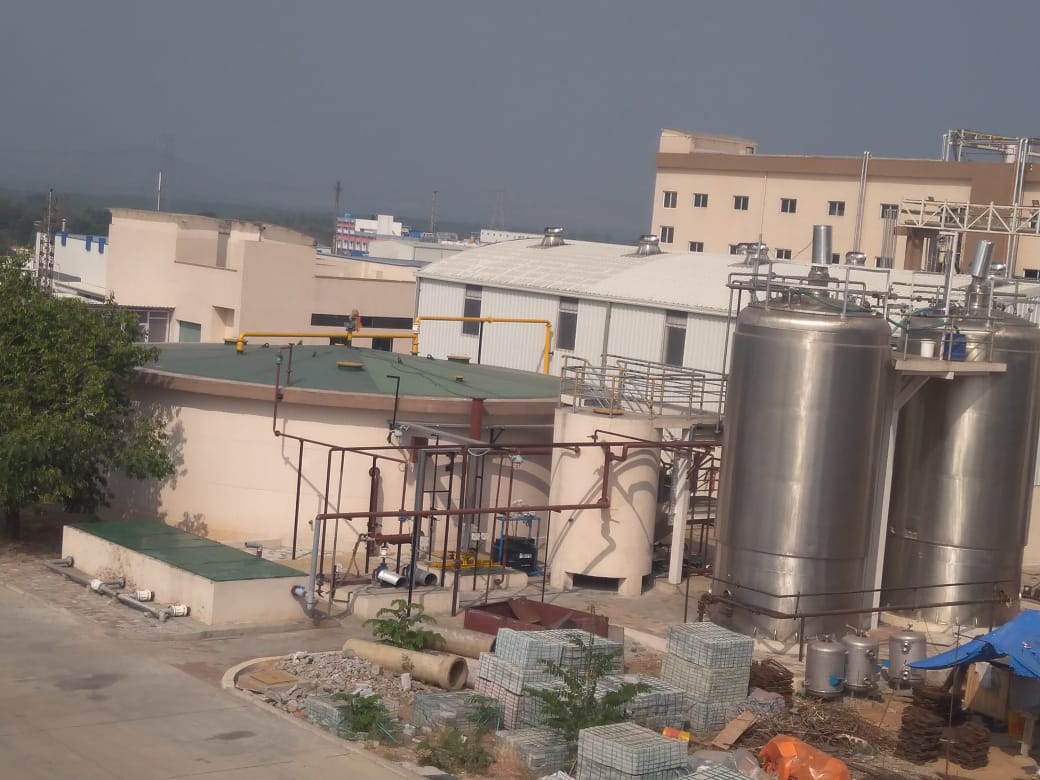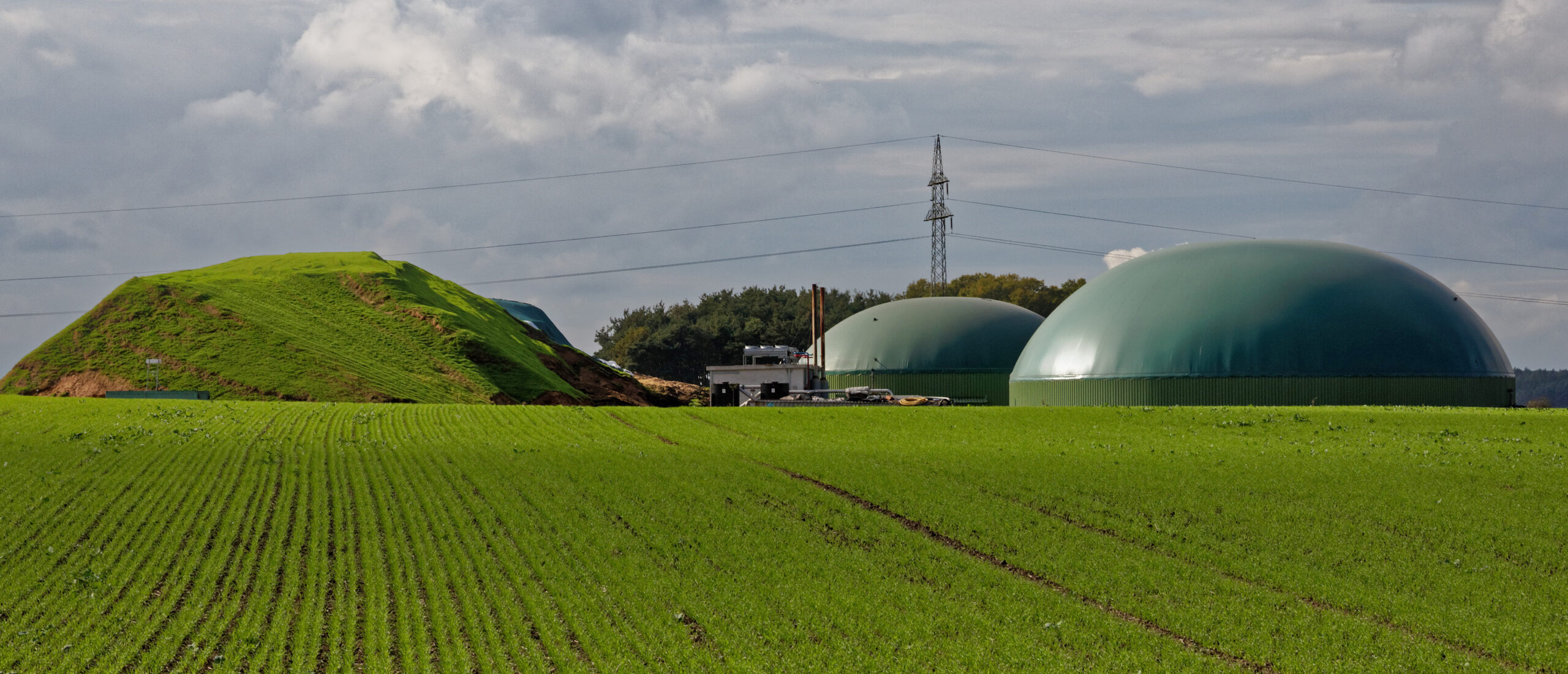It’s indeed heartening to learn of India gearing up for the paradigm shift towards being self-dependent through the ‘Atmanirbhar Bharat Abhiyan’. Within this context, Biogas/ Bio-CNG/ CBG/ RNG can potentially turn out to be the panacea that promises to hit many birds in one shot. With three distinct outputs of ‘Biogas/ Bio-CNG/ CBG/ RNG plants, these plants work as ‘Biomass waste treatment and pollution abatement Plants’, ‘Organic Fertilizer Production plants’, and ‘Gaseous fuel (Biogas) Generation plants’, thereby helping to solve three burning problems of pollution, energy and need for eco-friendly organic fertilizer. Some of the crucial aspects that need categoric intervention to facilitate leapfrogging of this sector are hereby portrayed.
It’s no brainer that ceteris paribus, the gradual removal of bottlenecks towards the insertion of biomethane in existing Natural Gas Grid shall significantly ramp the industry growth upon truly exploiting the biomethane potential. Such a utopian scenario shall have a tremendous positive financial, social and environmental impact. These include generation of massive employment opportunities, reduction in fossil fuel and synthetic fertilizer import (Refer Graph-I and Graph II), meeting the requirement of ‘strategic fuel’ for managing emergency situations, and aiding decongestion along with scientific waste management in cities. All of this shall go a long way in fructifying the objects of ‘Swachh Bharat Mission’ and facilitating the opportunity to re-build a sustainable and self-reliant India (Atmanirbhar Bharat)’.
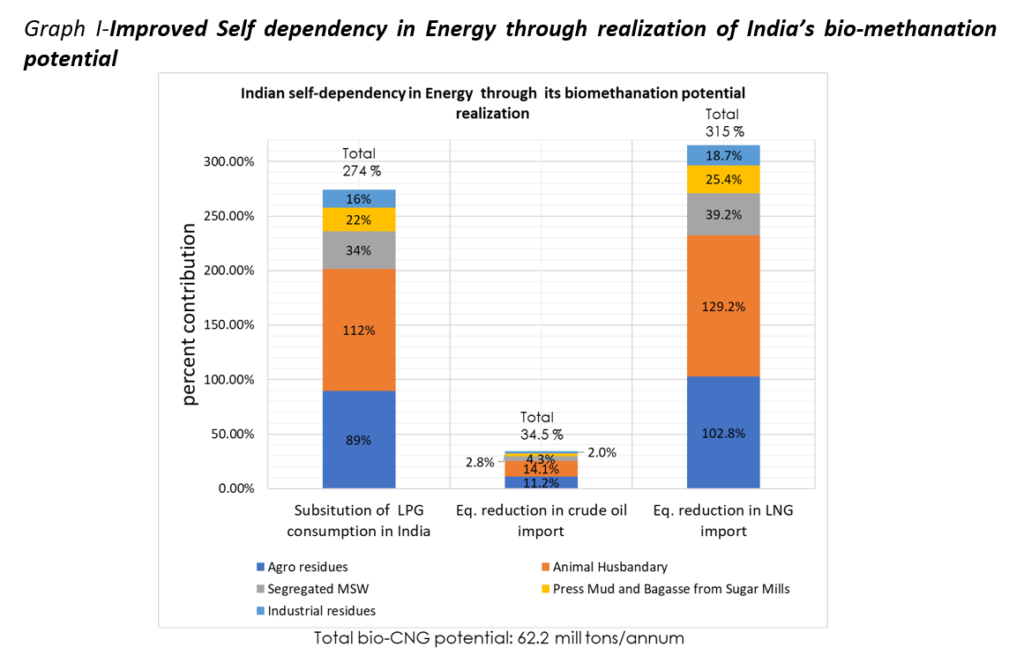
The salient outputs, mentioned above shall result from a minimum of 62.2 million metric tonnes of Bio-CNG generation along with the production of about 658.42 million tonnes of bio/organic fertilizer annually. Putting it quantitatively, this shall result in employment generation of about 1.33 million personnel (Refer Table III for the break-up), scientific waste treatment through digestion of 1286.88 million tonnes of biomass waste annually thereby reducing annual GHG emissions of 265.88 million tonnes of CO2eqv. The achieved GHG reduction shall be commensurate with approx. 11.2% of the total GHG emission in India (based on 2015 level). Altogether, this will potentially save huge cost incurred in pollution abatement and healthcare.
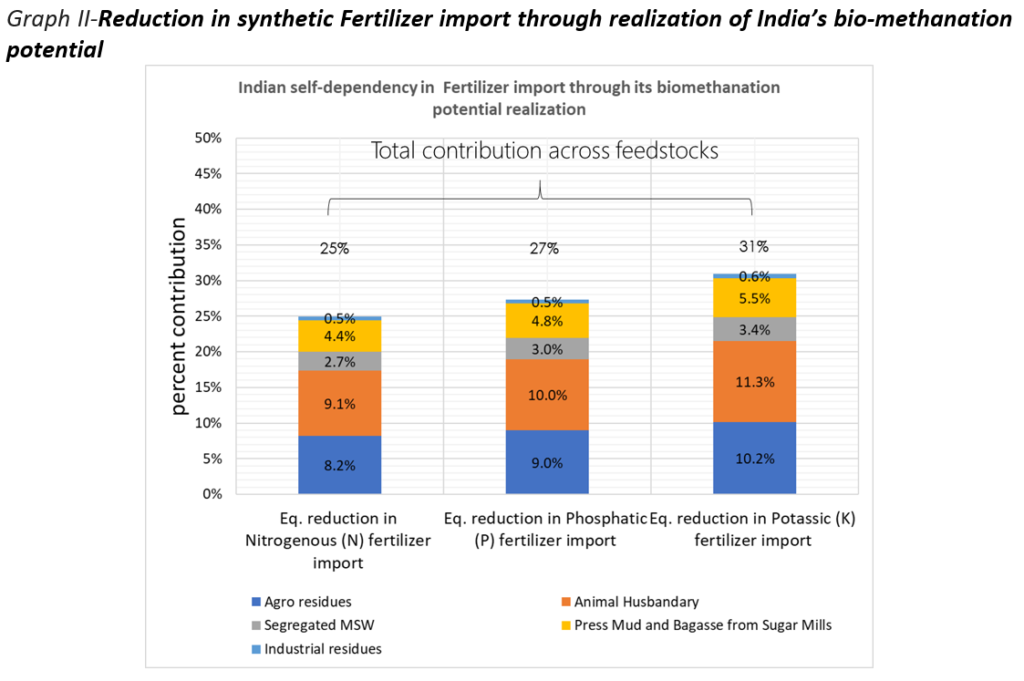

Also, it’s worthwhile to put forth that there are several Ministries encompassing MNRE, MoPNG, MoDWS, MoCF, MoHUA, MoAFW, MoEFCC, and few others, which are handling/ supporting this sector, including at least one of the three main deliverables of biogas generation or organic fertilizer production or biomass waste treatment. This has always led to the inadequacy of required support to the sector. As a result, these Ministries individually/collectively could not harness the realistic potential of Biogas/ Bio-CNG)/ CBG/ RNG sector. The need of the hour is to pool and integrate all the inter-Ministerial incentives, relevant to Bio-CNG industry, through better coordination amongst all the Ministries with MNRE being the focal Ministry of all.
In fact, there is a need to implement a paradigm shift in formulating pragmatic policies in terms of moving towards, ‘Generation based Incentive (GBI)’ from the existing upfront subsidy regime (refer Table IV for estimations related to GBI) and provisioning for Credit Guarantee scheme to facilitate swift lending from Financial Institutions (Banks, NBFC, etc.). Same could be achieved upon setting-up a ‘Biogas-Fertilizer Fund’. For harnessing the total generation potential of 62.2 million tonnes p.a. of Biogas/ Bio-CNG/ CBG/ RNG in India, the proposed “Biogas-Fertilizer Fund” will have an estimated corpus requirement of Rs. 9,44,664 crores (Refer to Table V), of which Rs. 97,392 crores will be pegged towards the ‘Credit Guarantee Scheme’ and remaining Rs. 8,47,272 crores towards ‘Generation based Incentive (GBI)’ @ Rs.20/- per kg of Bio-CNG (produced as per BIS Standards) for 15 years of plant’s tentative life. With this outlay of Rs. 9,44,664 crores for the sector, there will be an enormous overall return to the govt.in the form of savings from the reduction in crude oil import, nutrient-based subsidy savings on chemical fertilizers, and meeting the GHG emission reduction target (@ Certified Emission Rating- CER) as per the Nationally Determined Contributions-NDCs (Refer Table VI). The consolidated savings on the above accounts are estimated at approximately Rs. 11,02,200 crores in 15 years span (the useful life of a typical biogas/ Bio-CNG plant). Thus, the net value creation turns out to be approximately Rs.1,57,536 crore, which is a net surplus for the Govt. Exchequer through the harnessing of total Bio-CNG/ CBG/ RNG potential in India. Also, it’s worthwhile to note that under the launched SATAT scheme, over the next five years, its envisaged to set-up about 5000 plants, which would facilitate harnessing around one-sixth of the aforementioned total potential of 62.2 million tonnes of bio-CNG per annum.



So, in view of the ‘Atmanirbhar and Swachh Bharat’, there is a need to steer and drive a pragmatic policy-supported-ecosystem that shall enable harnessing the afore-mentioned potential of Bio-CNG and its other supplementary offerings, by including a minimum of the following:
- ‘Harmonization and Integration of all the present schemes’ and required clearances and permissions relevant to the biogas/ Bio-CNG industry under different Ministries
- Supporting the creation of ‘Mini-biogas, Bio-CNG Grids’ and its onward integration with ‘Natural Gas Grid’ along with ‘Organic Fertilizer distribution and utilization Infrastructure’.
- The transgression from the existing upfront subsidy model to ‘GBI’ model.
- Creating the ‘Biogas-Fertilizer Fund’ with an estimated corpus requirement of Rs. 9,44,664 crores as a provision towards Credit Guarantee schemes and corpus for ‘Generation Based Incentive and building Bio-CNG infrastructure’. To begin with, an initial provision of Rs.1,39,173 crore for five years can be earmarked.
- Setting-up of ‘Biomass Resource Bank (BMRB)’ for assured biomass/waste supplies to the installed plants.
- There is a need to bring ‘Bio-CNG sector in the category of Social Infrastructure’, as waste treatment is not internalized and with the non-paying capacity of farmers to buy organic fertilizer from these plants.
